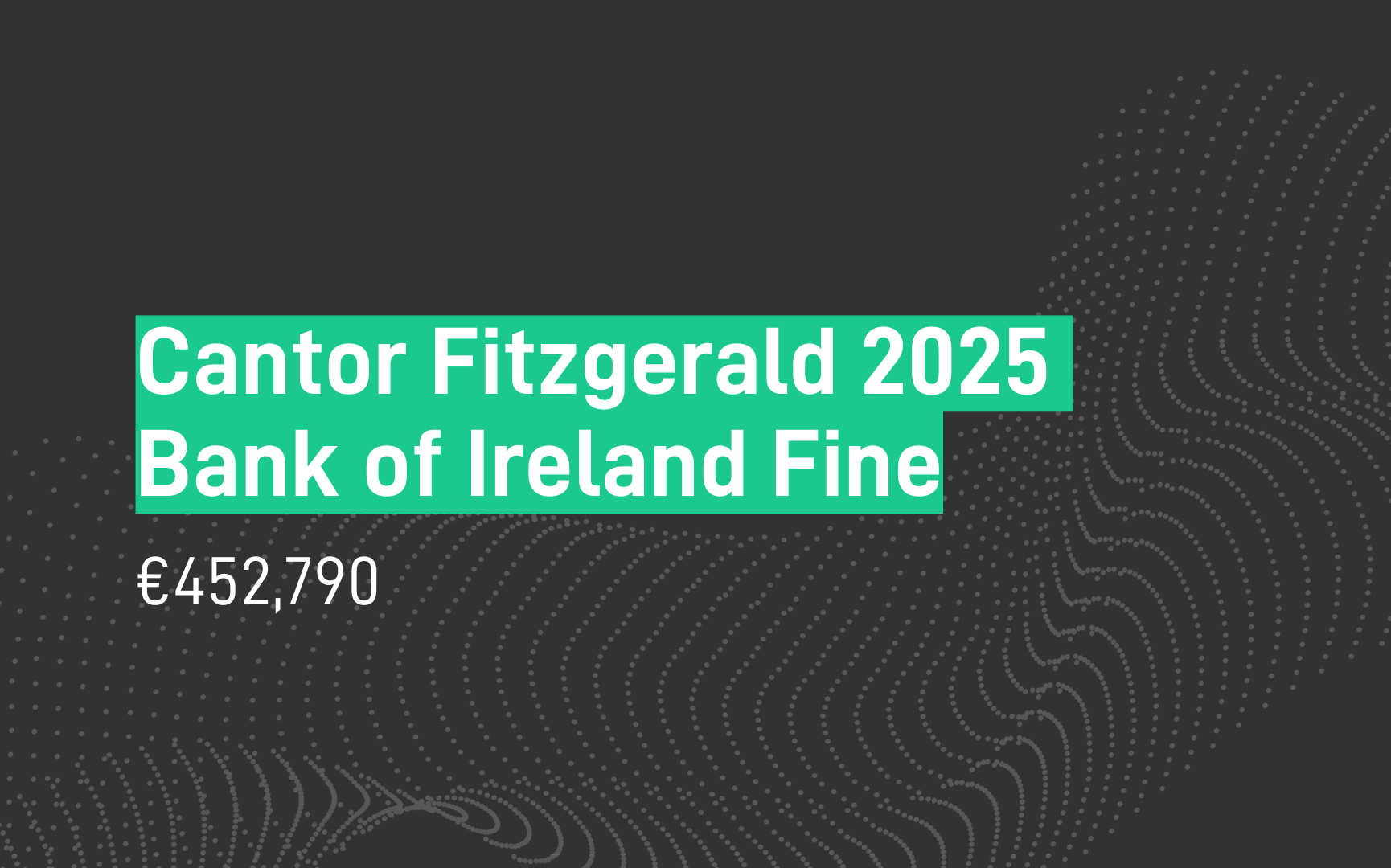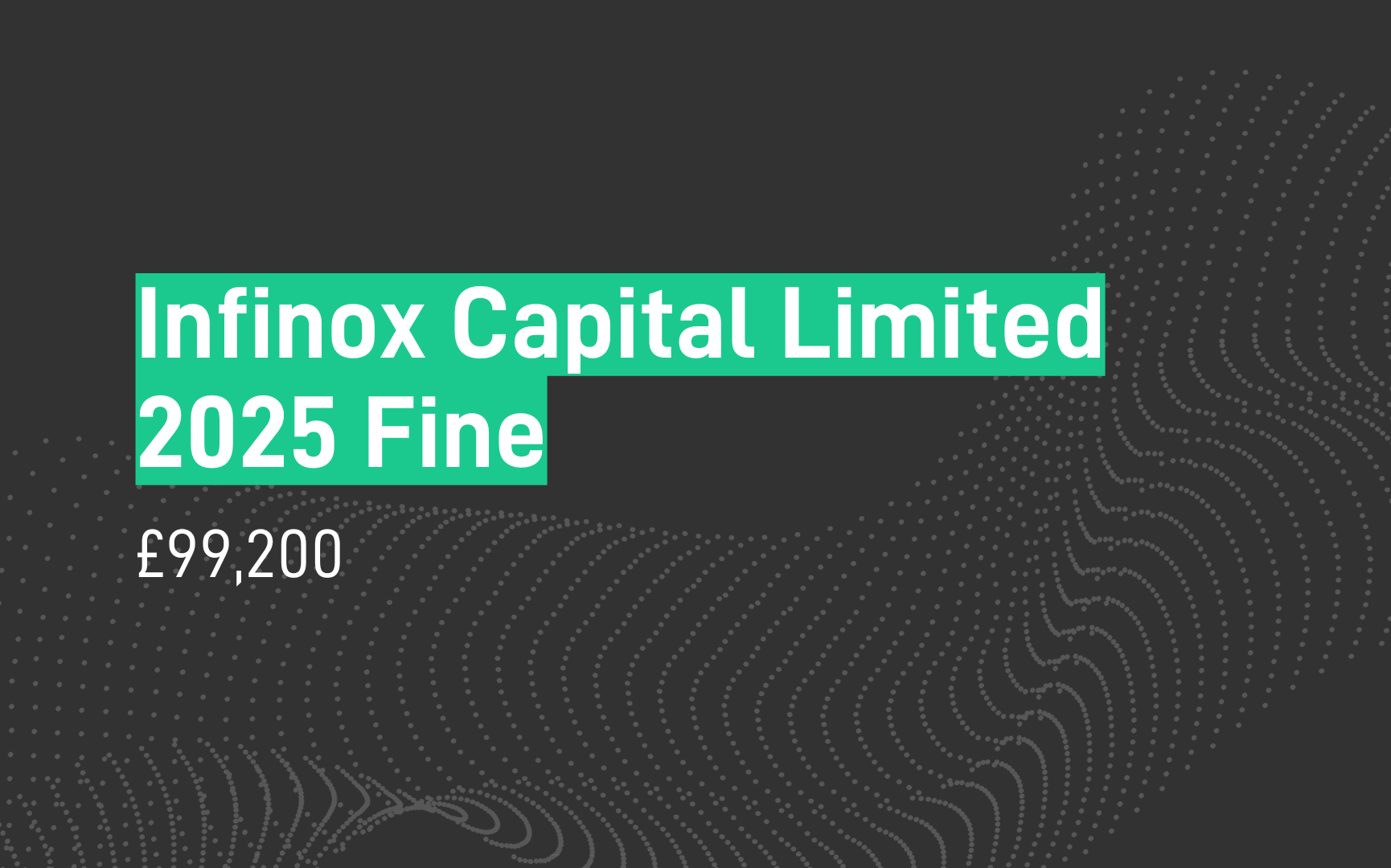If crypto regulation is merged into existing financial legislation, how will this affect the institutional investment community?

In my recent article “Cryptocurrency regulation is expanding, but what is the end-state?” I discuss the evolving regulatory landscape for digital assets, concluding that whilst there is momentum in this space, there is still a lot that needs to be done. One significant piece of the puzzle for the regulators will be determining into which asset class these instruments fall.
Whether cryptocurrencies are categorised as a new asset class or grouped in with an existing one will significantly impact how they are regulated. And if they are treated as an existing asset class, how will this affect the institutional investment community as they begin to allocate risk to digital assets?
To discuss this question, it is interesting to consider potential impacts from the perspective of two of the main actors: trading venues and institutional investors.
Impact on Trading Venues
As “obliged entities” under AMLD5, European cryptocurrency exchanges are now covered by the same regulatory requirements as banks and other financial institutions. At a minimum, this entails a requirement to identify customers and report any suspicious activity. It is therefore no surprise that having recently been called out by the FCA for operating in an unauthorised manner, BITMEX, one of the world’s most successful cryptocurrency related venues (offering crypto derivative trading, not spot assets), is now looking to hire AML and KYC specialists.

These changes hint at a direction of travel and if it continues, these platforms could well be on a road to being treated in the same manner as existing financial exchanges and venues. This would mean further requirements for oversight, such as trade surveillance and market abuse monitoring systems, in order to maintain an orderly market. And whilst this isn’t a requirement yet, we have already seen some of the larger cryptocurrency exchanges pre-empting a tightening of the rules by proactively building market surveillance teams and onboarding third party compliance solutions. Already in July 2018, Coinbase announced the recruitment of an expert to develop an internal surveillance programme. We have also seen several crypto exchanges implement market surveillance tools, including Bitstamp who partnered with Irisium for market monitoring in November 2018. It would seem that having monitoring capabilities in place and the ability to report suspicious behaviour is being viewed as a minimum requirement to appease regulators.
Impact on institutional investors
If we consider the institutional investor’s perspective, the impact of increased regulation of digital assets is likely to be felt in two areas, forcing changes in both the investment processes and the systems and infrastructure that support them.
The natural temptation will be for institutional investors to see how easily digital assets can fit into existing investment practices and systems, which is understandable from a cost and timeliness perspective. However, to take this approach will be to ignore some unique characteristics of digital assets that warrant closer attention.
The transparent and pseudonymous nature of blockchain-based transactions means institutions might need to implement a degree of asset provenance monitoring with which they are not currently familiar. This is particularly relevant with ESG concerns recently moving to the top of the agenda for many investment firms. It is unlikely that a regulator would specify the degree of provenance monitoring a firm would need to undertake, instead requiring that processes are in place and reporting made available should it be requested. Services such as Chainalysis and Elliptic can help in this area for firms that are unsure how to approach the problem.

Asset security and corresponding custody solutions will raise other crypto-specific concerns that investment firms might not have previously encountered. Managing, storing and securing digital asset private keys is akin to owning the associated asset. For many firms this will bring risks with which they are unfamiliar and which they will (rightly) seek to outsource to specialist custodians. Depending on the route regulators take, such custodians might require licenses to operate and investment firms would be well served to seek as many regulatory protections in this area as possible.
Should the regulation define digital assets as being equivalent to other financial instruments there would be other regulatory issues that, although new to the crypto space, would present familiar problems to the investment industry. Liquidity sourcing, transaction reporting, best execution processes and trading cost monitoring are all areas that would need to be fleshed out by investment firms and brought in-line with their current systems and processes. Most of these areas are yet to fully develop in the digital asset space and it will be interesting to see when approached from the perspective of this new asset class whether some of the issues that have dogged traditional finance can find new and innovative solutions. As ever, having available a comprehensive view of the relevant data will be the key to success for investment firms in this area.
The digital asset landscape continues to evolve at rapidly. Regulators across the world have taken notice and begun to make their influence felt, albeit at a varying speed across different jurisdictions. What is clear is as the area continues to become institutionalised there will be work required from venues, investment firms and third-party vendors in order to satisfy new regulatory demands.
%20(1)-1.png?width=245&name=Cryptocurrencies%20-%20bitcoin%20(1)%20(1)-1.png)




%20(1)-1.png?width=245&name=Cryptocurrencies%20-%20bitcoin%20(1)%20(1)-1.png)






